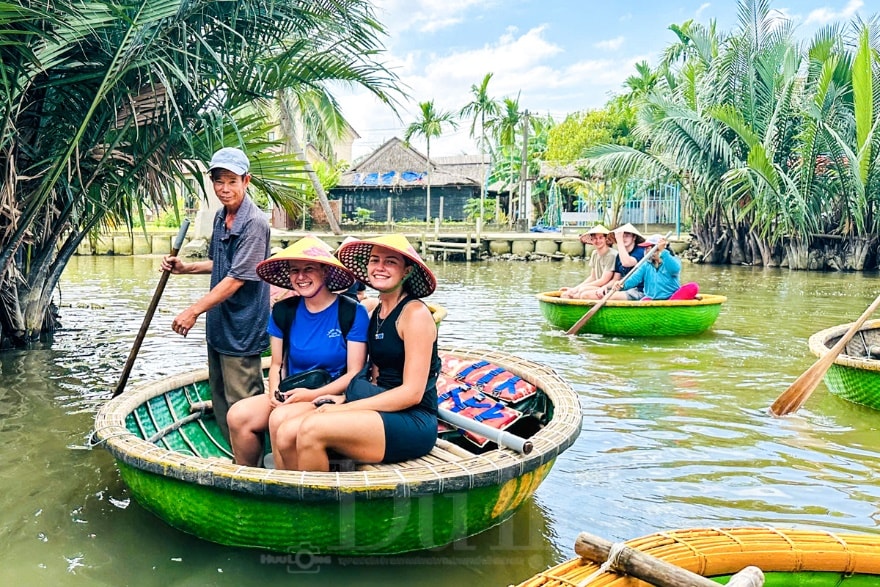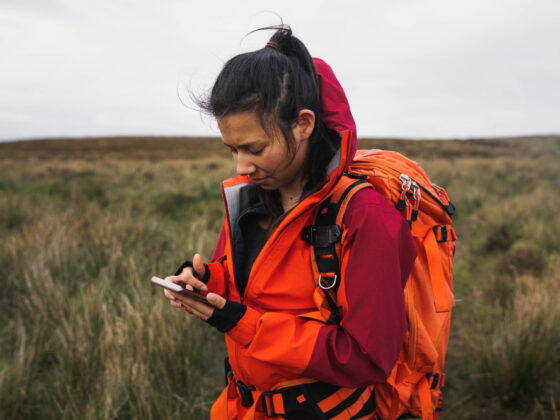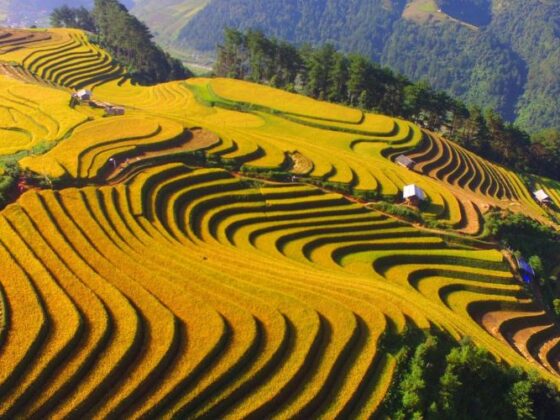Table of Contents Show
Because every trail is borrowed, not owned. When you hike through Vietnam from the misty ridges of Ha Giang to the rice terraces of Mu Cang Chai it’s easy to feel like the landscape belongs to you. The photos, the freedom, the sense of discovery. But spend time with the people who live closest to these mountains, and you quickly learn a humbling truth: we are only visitors here. In a country where nature is deeply tied to culture, hiking isn’t just about exploration, it’s about responsible tourism Vietnam. It represents respect for the land, for the people who protect it, and for the unspoken rules that make adventure sustainable.
Read more interesting posts here:
- Beyond the Postcard: Unforgettable Local Experiences Vietnam
- Trail Stories: How the Vietnam Hiking Community Is Redefining Adventure
- Tradition on the Trail: The Classic Vietnam Hiking Gear Hikers Still Swear By
The role of fire safety in responsible tourism Vietnam
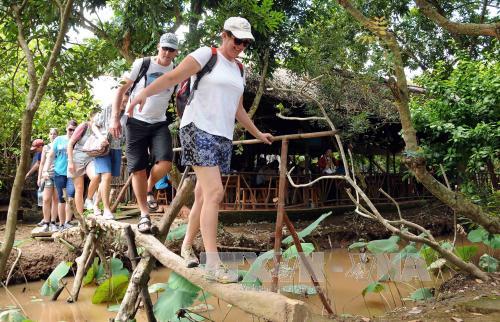
In the mountains of northern Vietnam, campfires are both tradition and danger. They bring warmth and community — but they also bring risk. Dry grass and strong winds can turn a spark into disaster within minutes. That’s why local guides will always check first, a key aspect of responsible tourism Vietnam. Some regions prohibit fires entirely during dry season, while others allow them only in designated zones. If you must build one, use a fire ring or rock circle, keep water nearby, and never leave it smoldering. In many villages, elders believe fire has a spirit — a reminder to treat it with care, not convenience. It’s a beautiful lesson in mindfulness: warmth should never come at nature’s expense.
Hire certified local guides for responsible tourism Vietnam
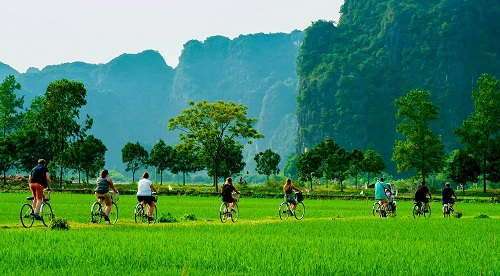
It might sound optional, but in Vietnam, hiring a local guide isn’t just about safety — it’s a way of showing respect. These guides know the mountains intimately: the weather patterns, cultural boundaries, and environmental sensitivities that outsiders often miss. Certified guides also ensure you don’t trespass into restricted or sacred areas, such as military zones or indigenous lands. More importantly, your booking acts as a pillar of responsible tourism Vietnam by supporting the local economy — helping communities thrive while protecting the trails they maintain. When I trek, I always remind visitors: your guide isn’t just showing you the route. They’re translating the rhythm of the land.
Tread lightly to ensure responsible tourism Vietnam
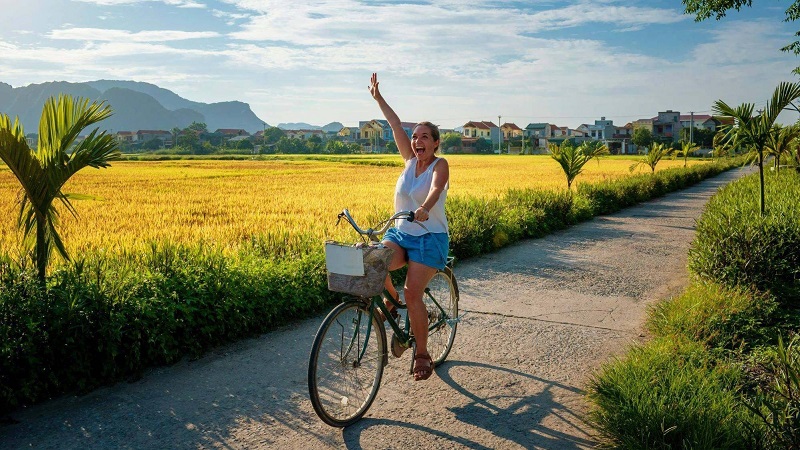
Vietnam’s terrain is alive. Trails cut through farmland, grazing paths, and protected forest. Every footprint leaves a trace — sometimes on soil, sometimes on someone’s livelihood. Stick to designated trails whenever possible. Avoid trampling crops or entering unmarked property. If you’re hiking through rice terraces, follow the narrow ridges and avoid damaging the shoots. As one guide in Pu Luong told me, “A single step can ruin a family’s season.” It’s not guilt — it’s awareness. Practicing responsible tourism Vietnam means acknowledging that the land here feeds both people and spirit. Walk gently, always.
Carry out what you carry in for responsible tourism Vietnam
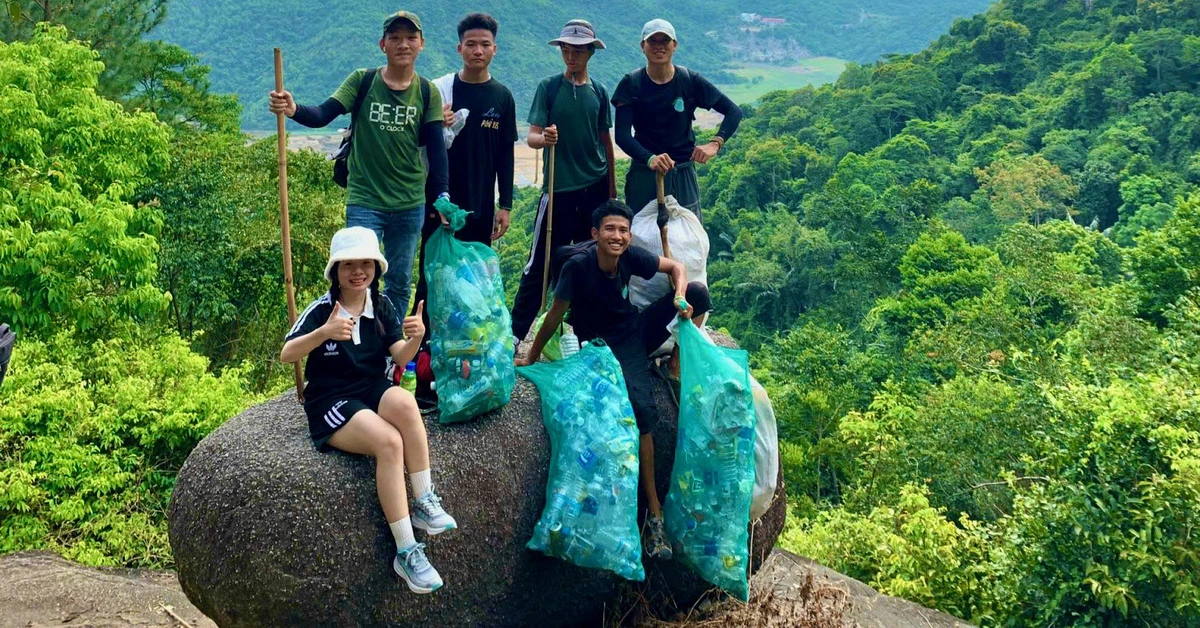
It’s one of the simplest rules, but one of the most broken. Whether it’s plastic wrappers, cigarette butts, or leftover food, pack it out. Many trails lack waste facilities, and litter doesn’t just spoil beauty — it harms ecosystems that took centuries to form. If you smoke, extinguish your cigarette fully and carry the filter home. If you eat, pack reusable containers and utensils. Every small act of care adds up to something powerful: responsible tourism Vietnam is preservation through presence.
Respect culture as a core value of responsible tourism Vietnam

The trails of Vietnam often weave through ethnic minority villages — Hmong, Dao, Thai, Tay — each with unique customs and beliefs. When passing through, dress modestly, greet elders, and always ask before taking photos. Some shrines and altars sit quietly beside the trail. A small bow or moment of silence goes a long way in showing gratitude. The journey is not just through land, but through lives that have shaped it. Embracing responsible tourism Vietnam means understanding that adventure with awareness is key.
Respect isn’t a rulebook — it’s a mindset. It’s asking before acting, listening before speaking, leaving no trace except footprints and goodwill. Vietnam’s wilderness offers some of the most breathtaking trails in the world. But beauty means nothing if we forget our responsibility to protect it. So next time you lace up your boots and open ExoTrails, remember: the map is yours to follow, but the land is everyone’s to protect. Adventure doesn’t mean conquering the trail — it means walking it with care.
Conclusion
Adopting the principles of responsible tourism Vietnam ensures that the stunning landscapes and rich cultures of this country remain vibrant for future generations. By respecting local customs, minimizing our environmental impact, and supporting local economies, we transform from mere tourists into guardians of the trails we trek. Let every step you take be a testament to the beauty of exploring with a conscience.
Join our vibrant community on Facebook to share your trekking stories and tips, and don’t forget to like the ExoTrails fanpage for the latest updates and exclusive offers!
Frequently Asked Questions (FAQs)
1. What is the most important rule of responsible tourism Vietnam?
The most important rule is “Leave No Trace,” which means you should carry out all your trash, respect wildlife, and minimize your impact on the environment and local communities.
2. Does responsible tourism Vietnam require hiring a guide?
While not always legally mandatory, hiring a local guide is highly recommended as it supports the local economy, ensures cultural respect, and keeps you safe on unmarked trails.
3. How can I respect local culture while hiking in Vietnam?
You can show respect by dressing modestly in villages, asking for permission before taking photos of people, and not touching sacred objects or altars along the trail.

